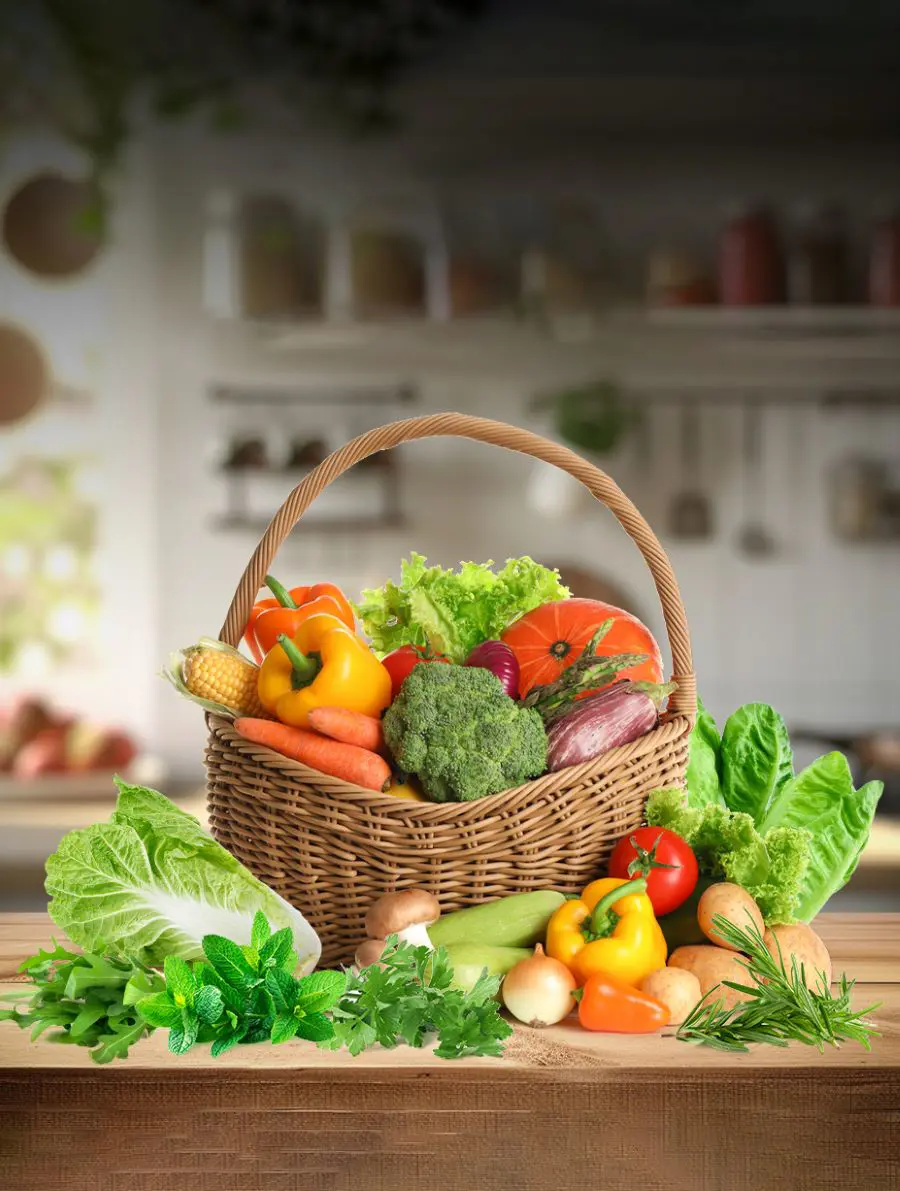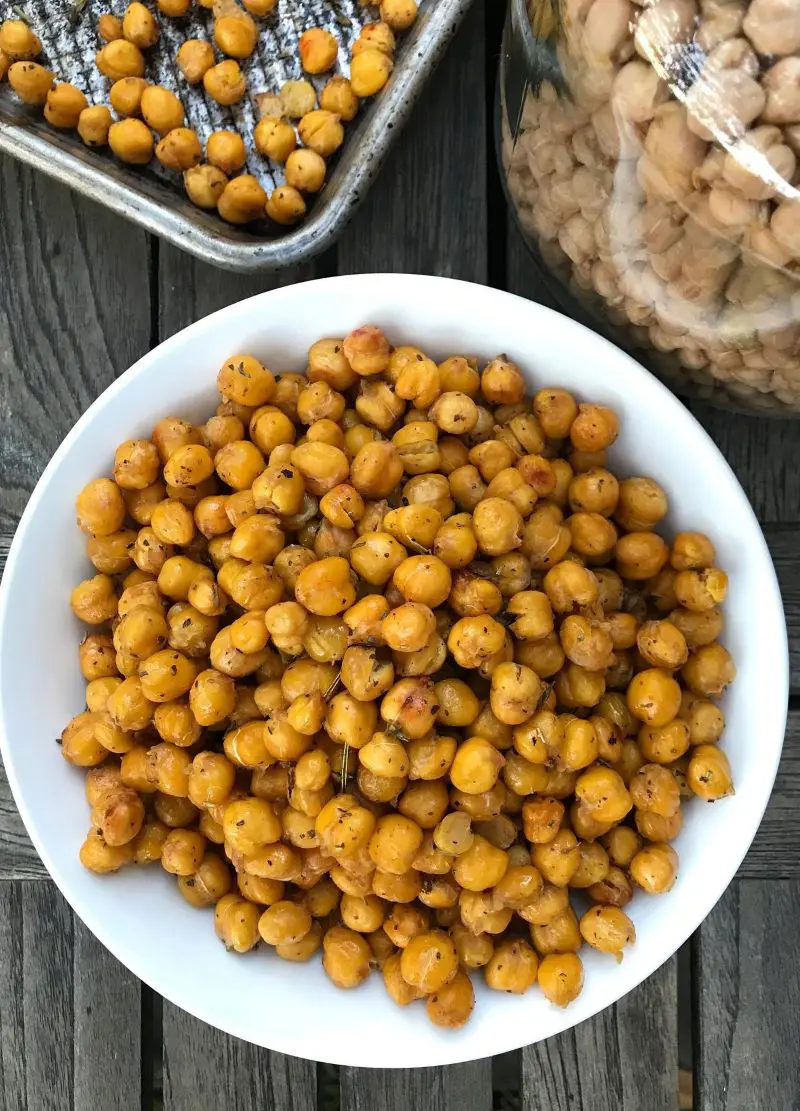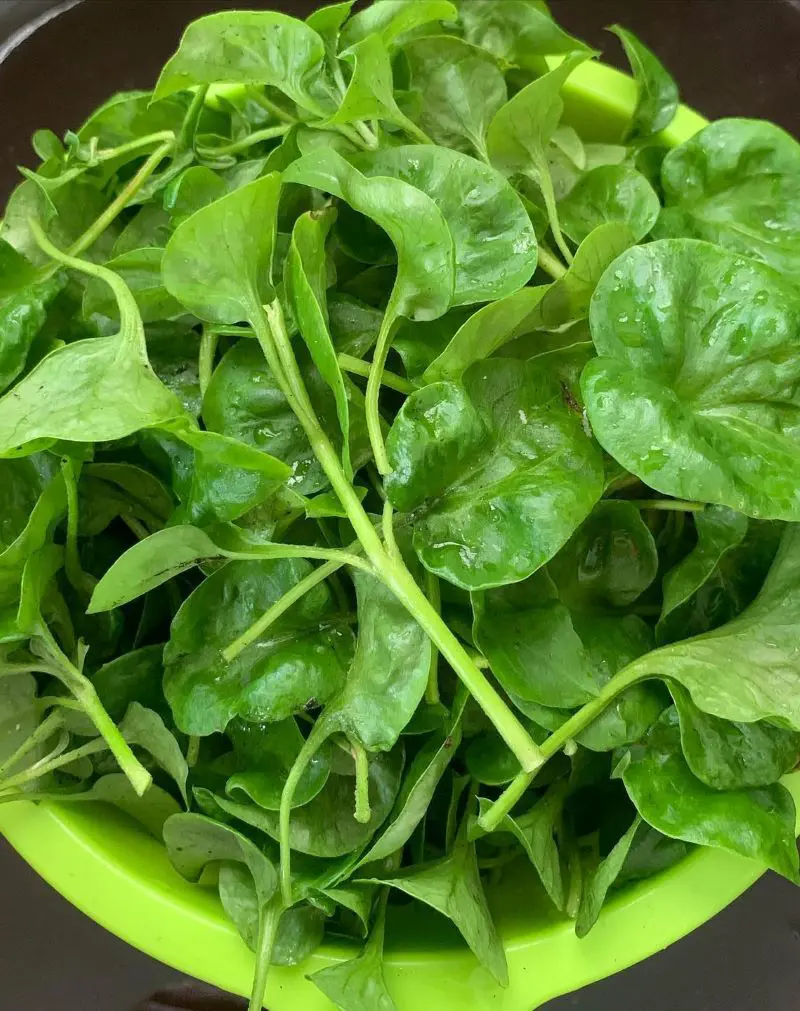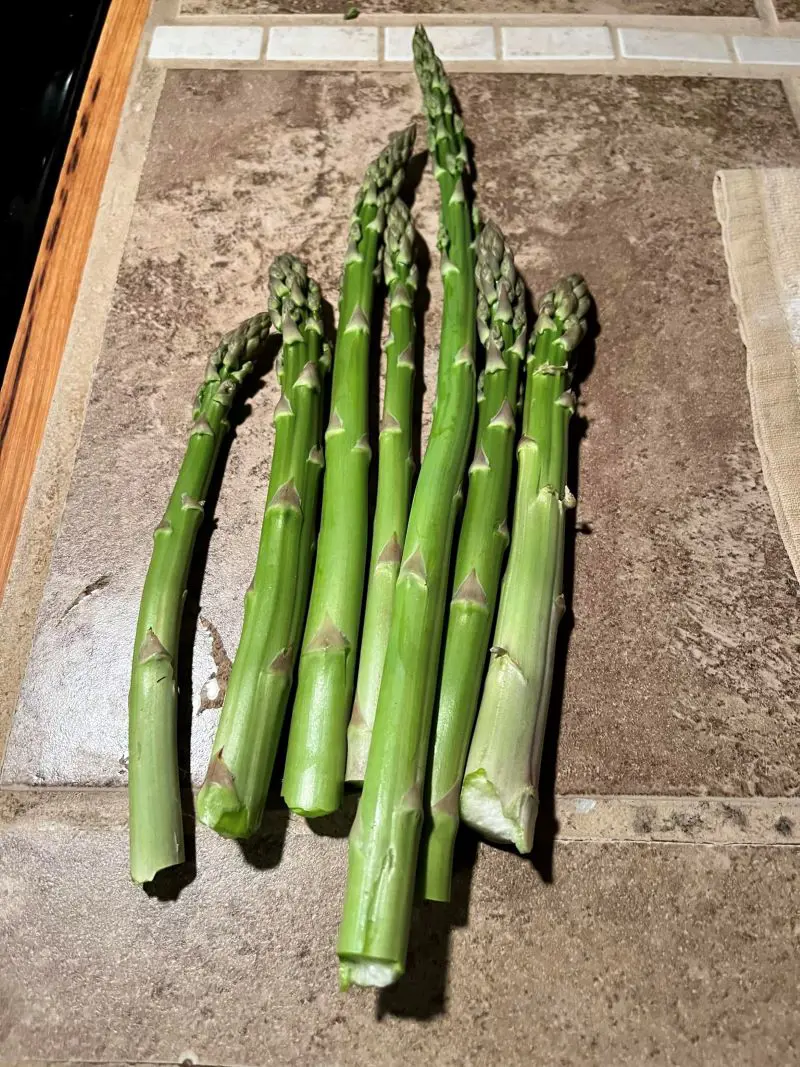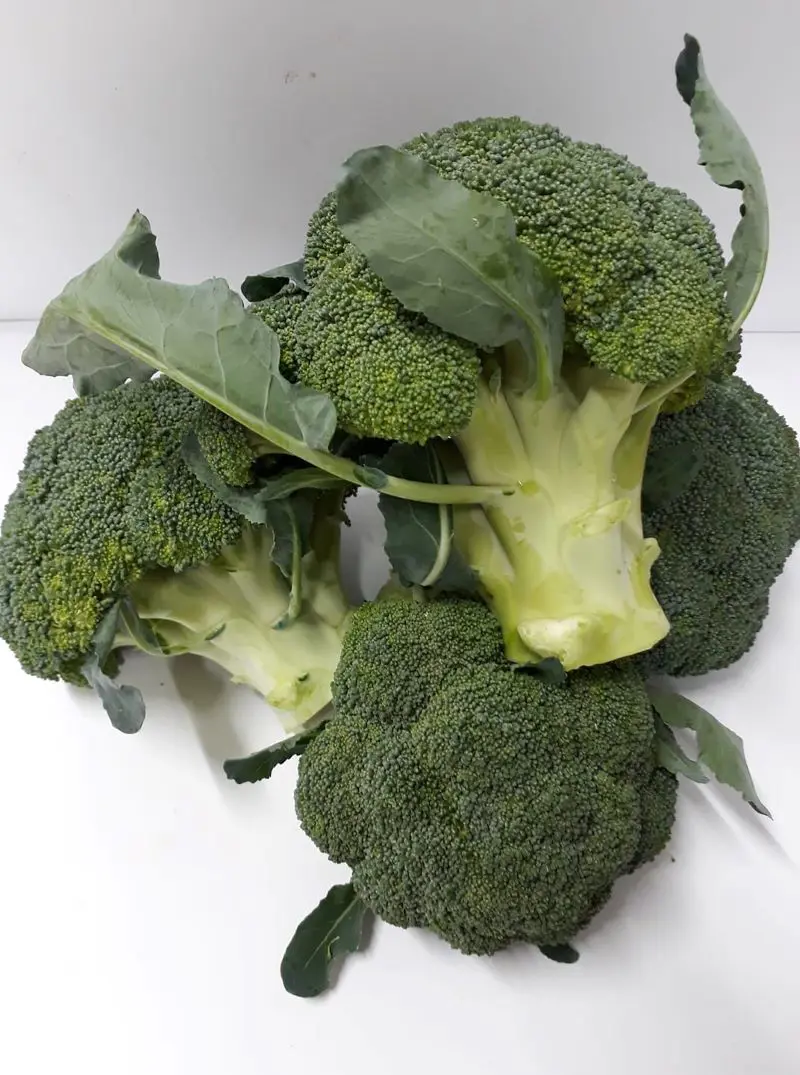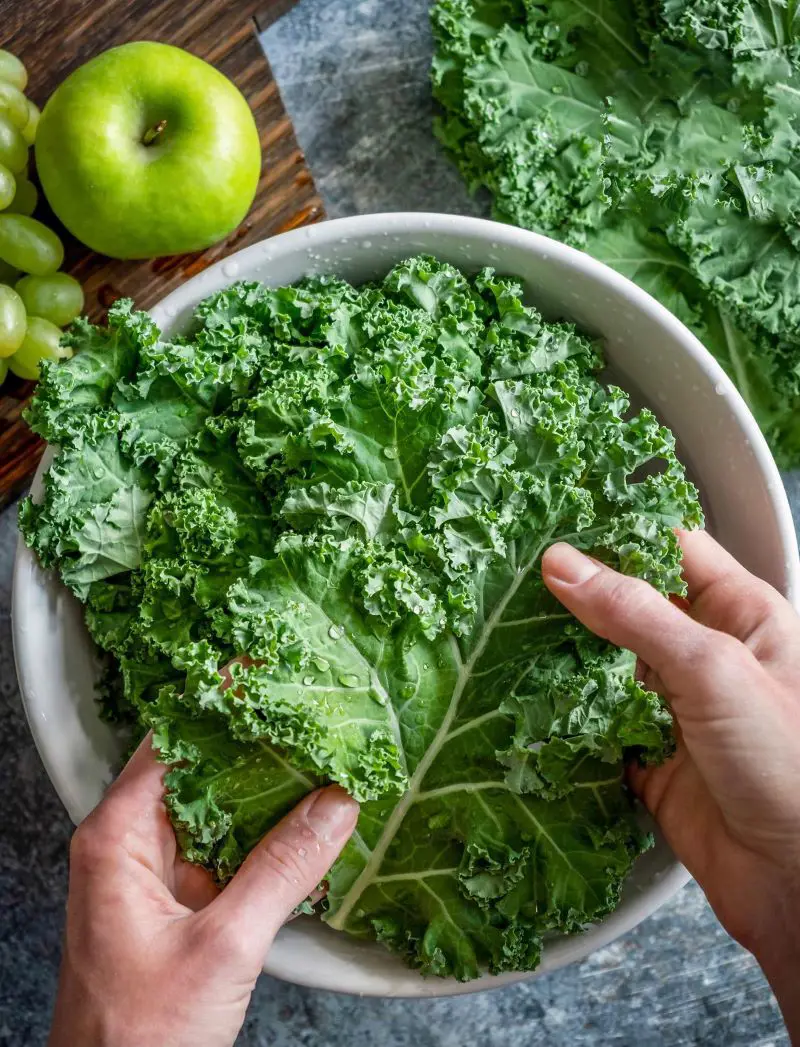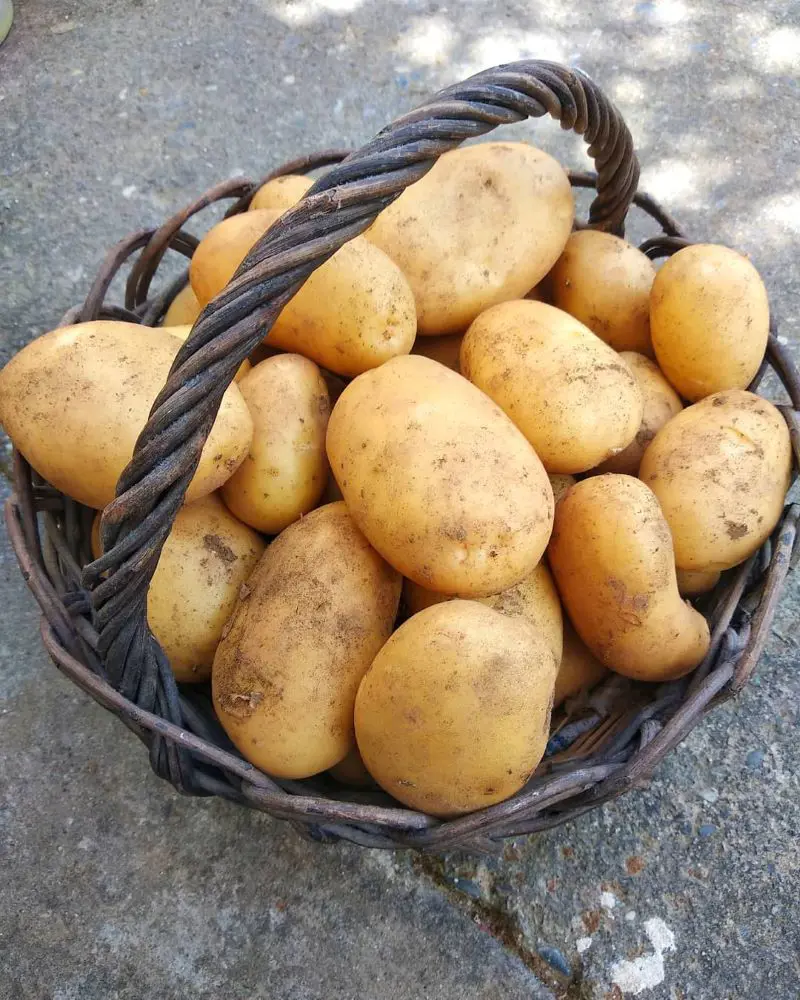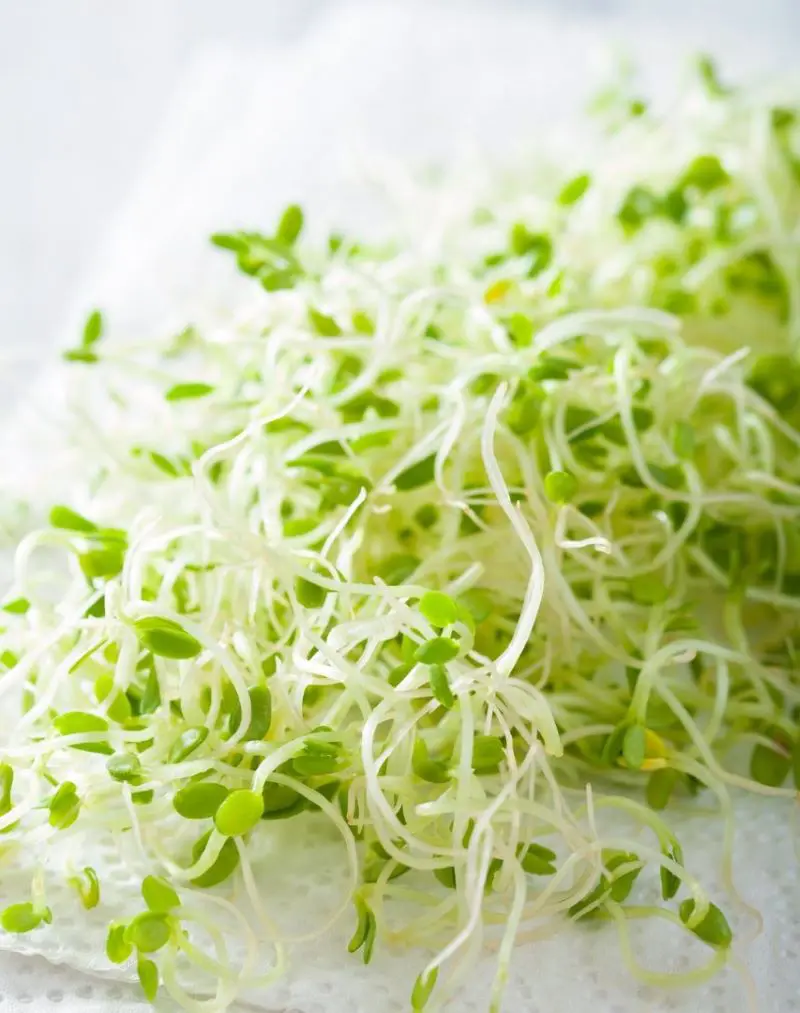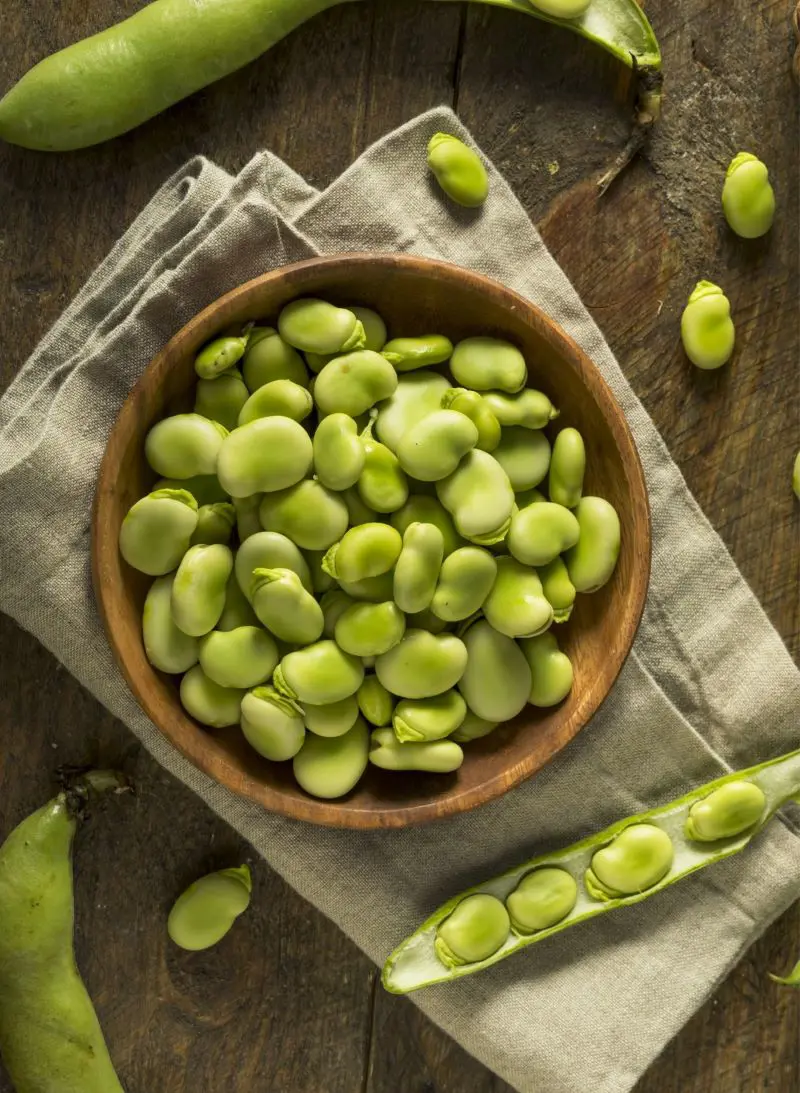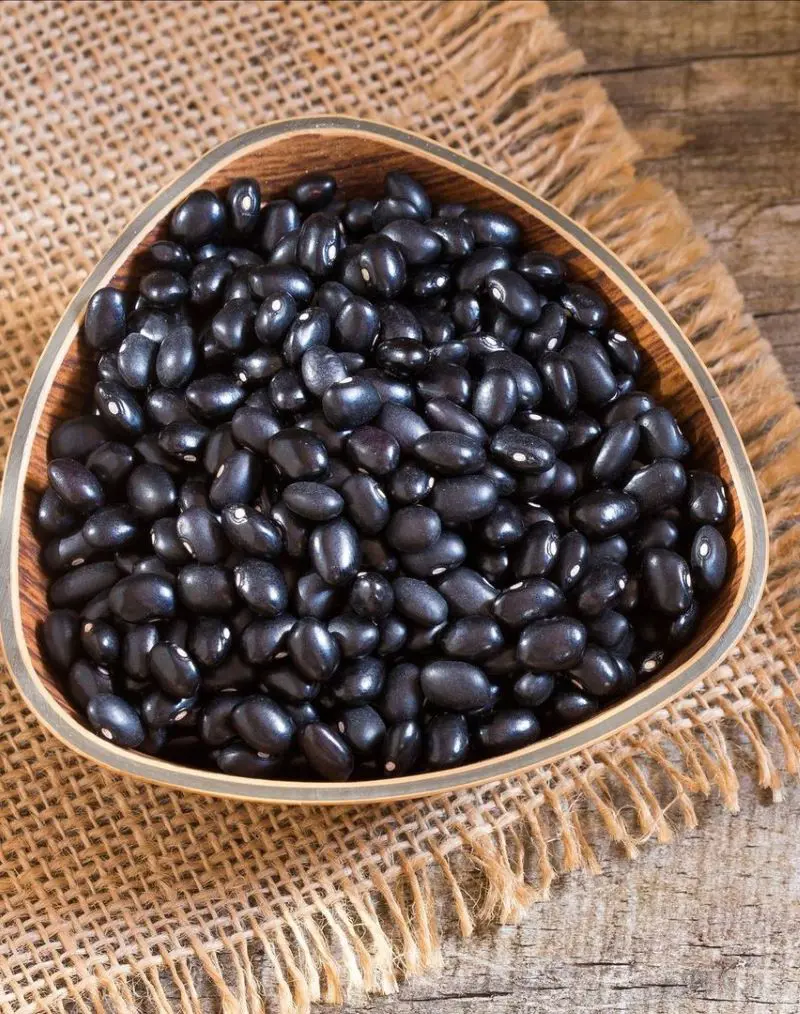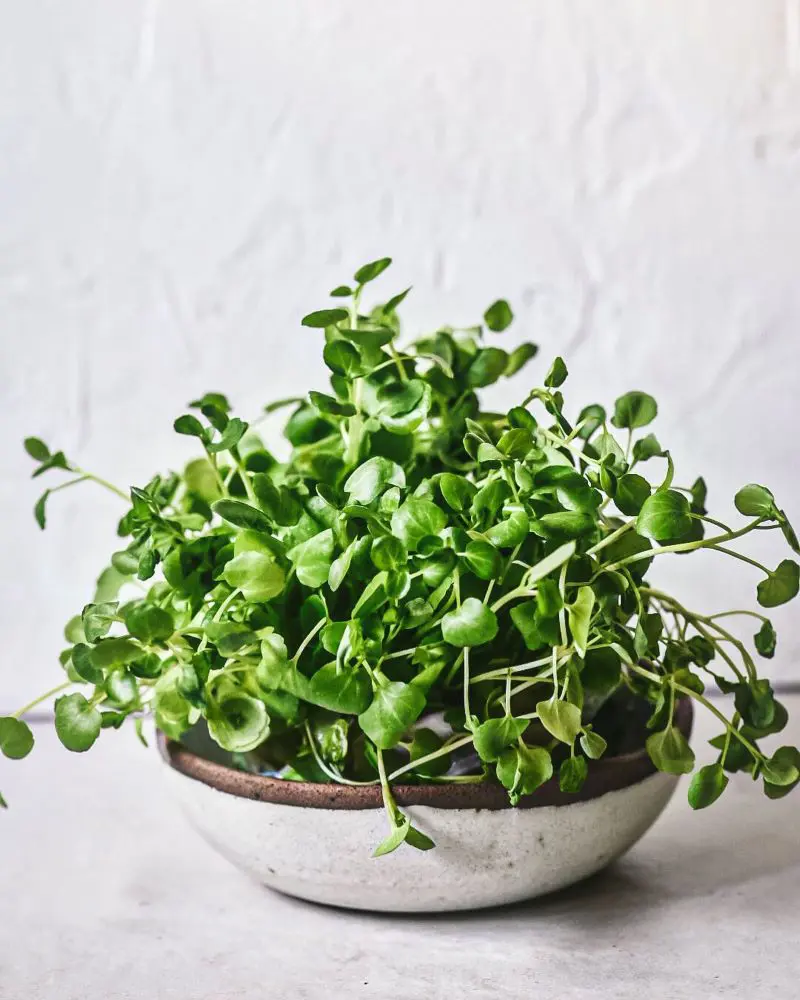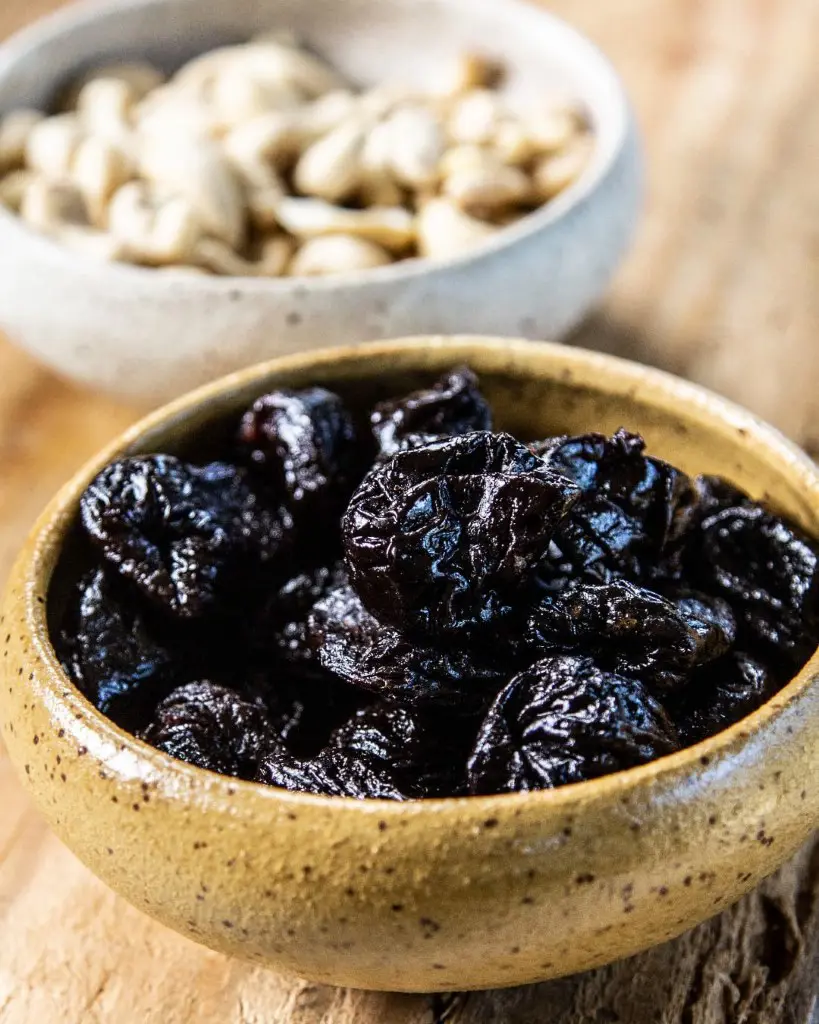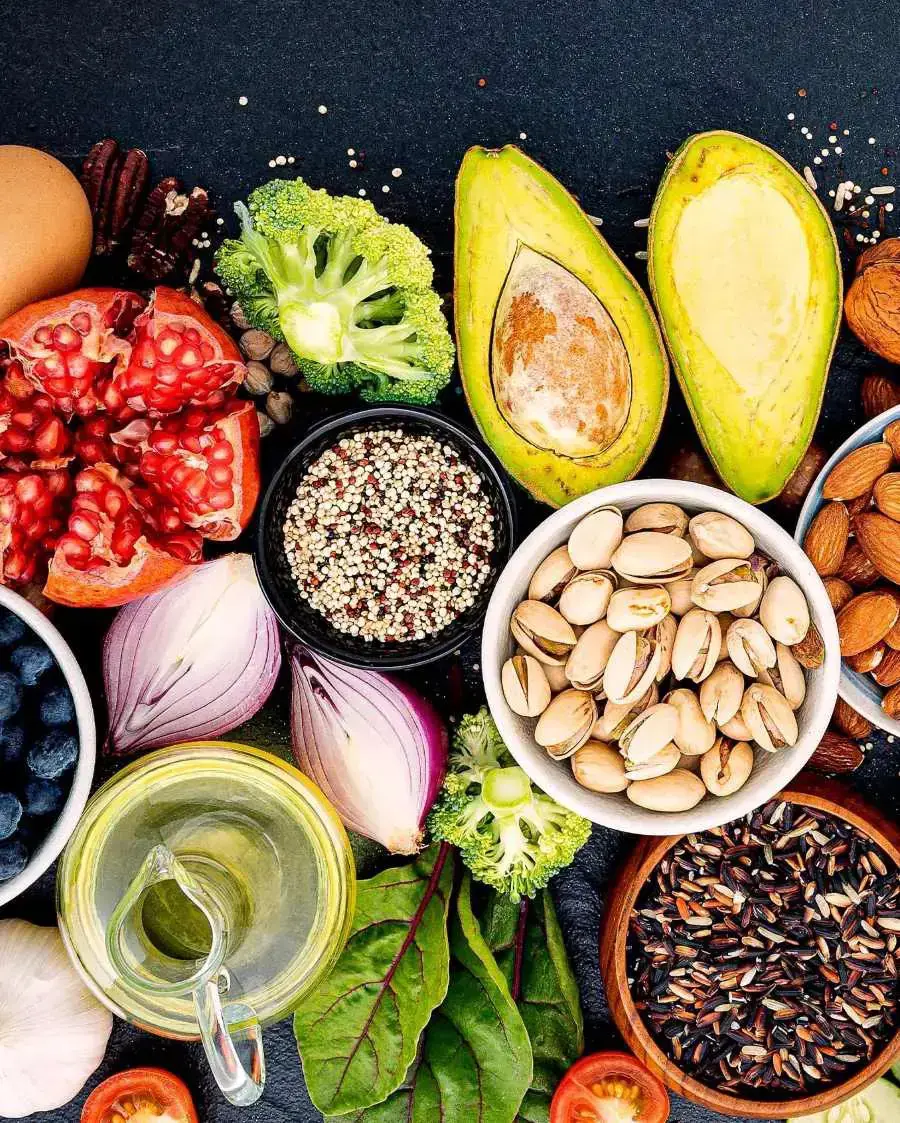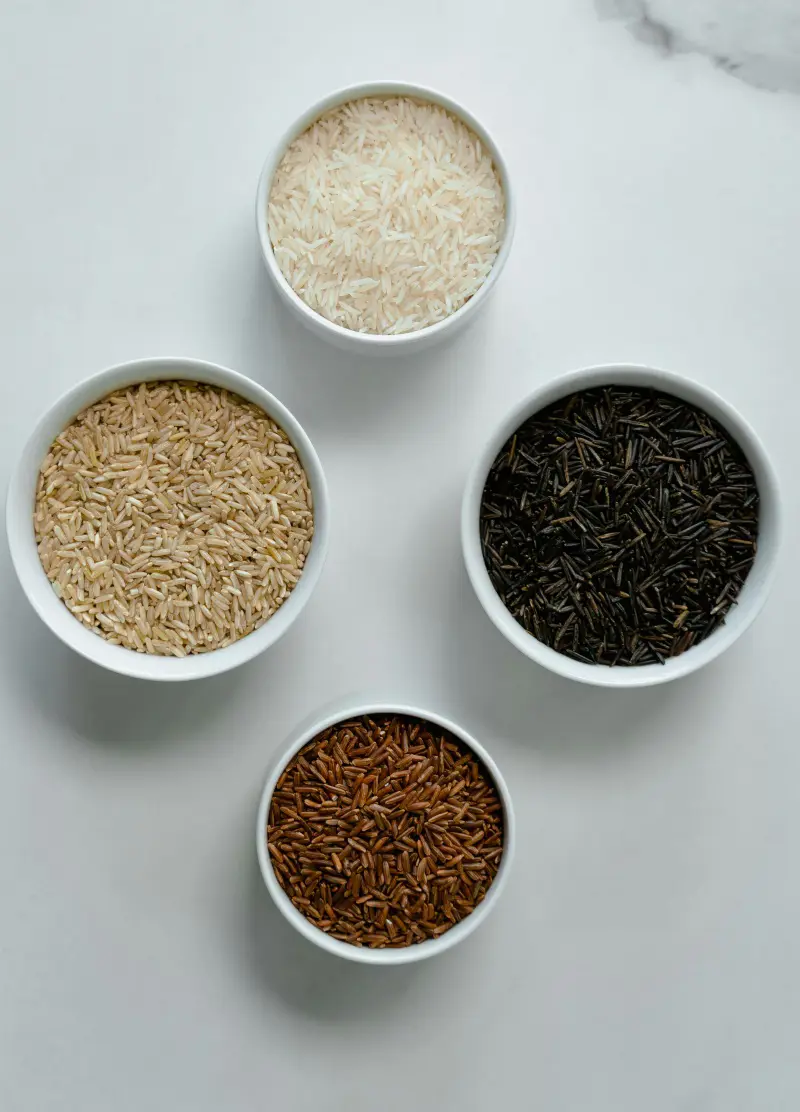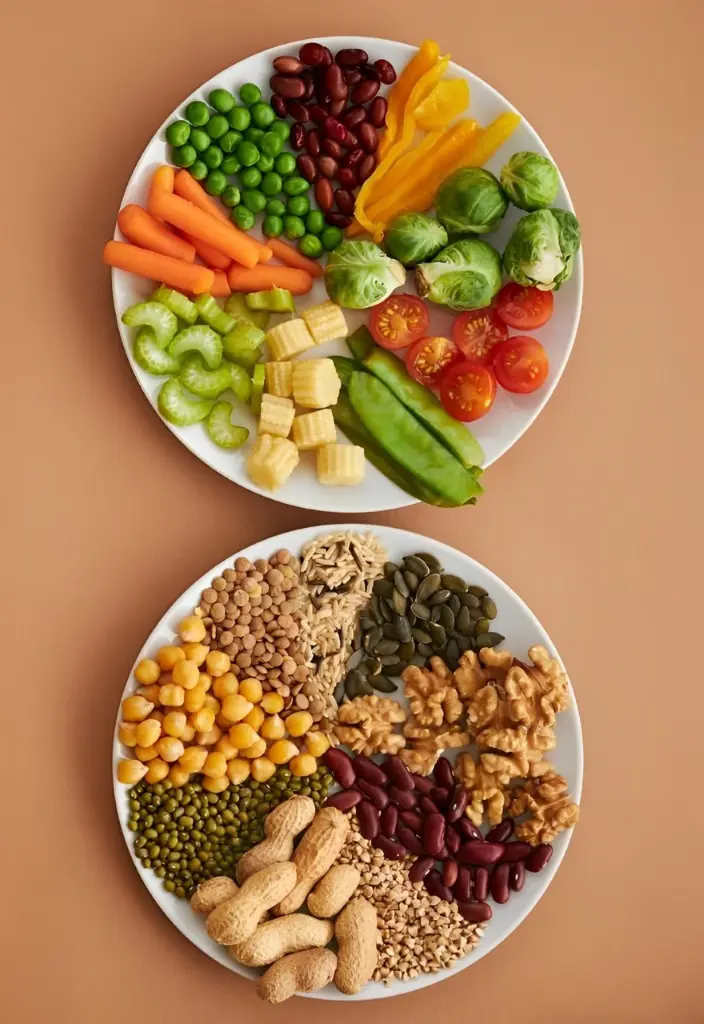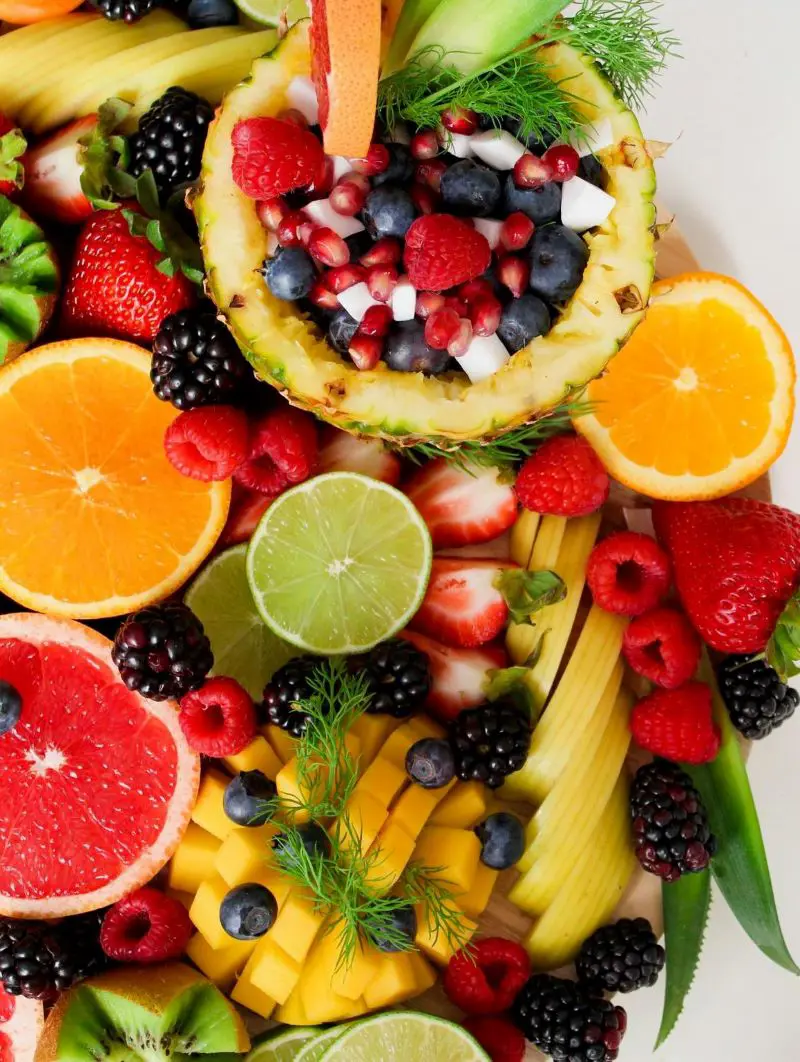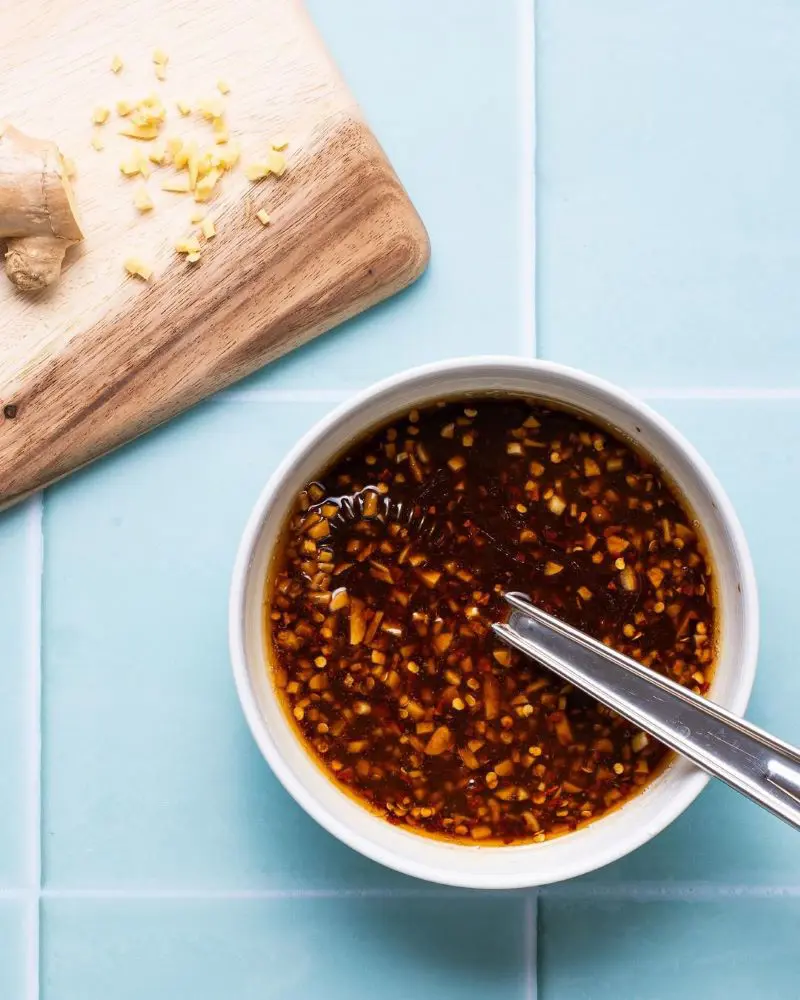1. Edamame
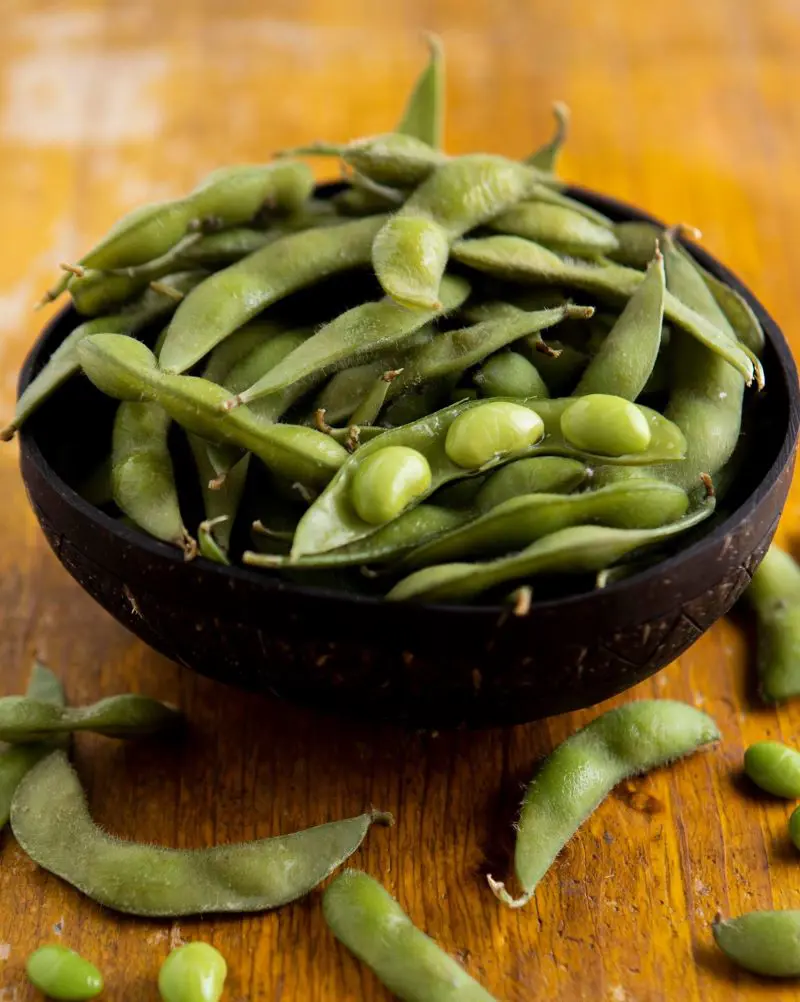
Edamame, or young soybeans, are a nutrient-dense food known for their high protein content and culinary versatility. These green pods are typically harvested before the soybeans inside fully mature, making them tender and ideal for consumption.
Edamame boasts approximately 18.5 grams of protein per cup (160 grams) when cooked. Besides protein, edamame is packed with fiber, vitamins (including folate and vitamin K), and minerals like iron and magnesium, making it a highly nutritious choice for any diet.
Enjoy edamame as a raw snack, tossed into salads, roasted or sauteed with sesame oil, or incorporated into vegetable stir-fries for a wholesome meal.
